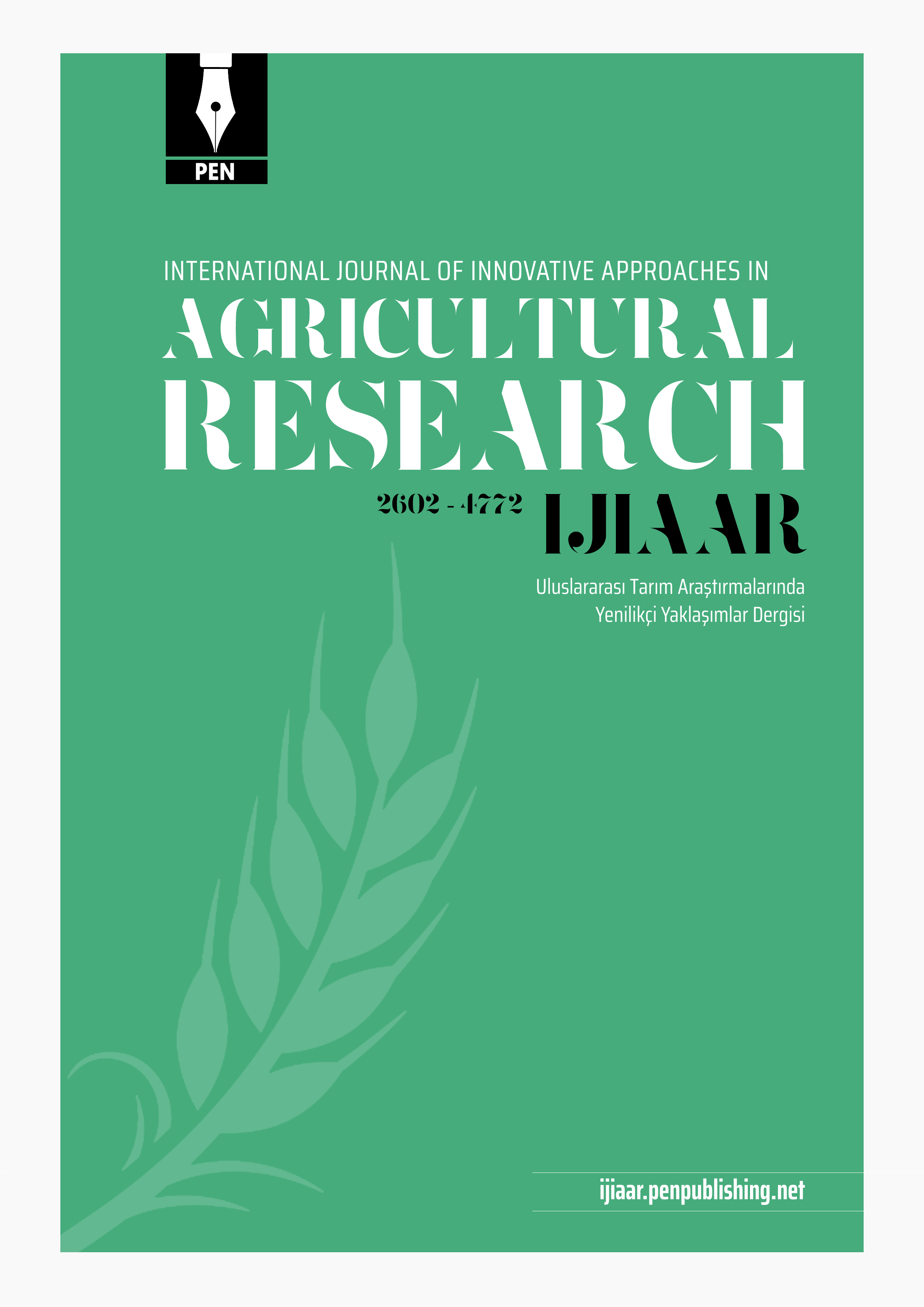
Uluslararası Tarım Araştırmalarında Yenilikçi Yaklaşımlar Dergisi
Yazarlar: Review articles
Konular:-
DOI:10.29329/ijiaar.2020.238.15
Anahtar Kelimeler:Sunflower,Blacksea,Seed production,Hybrid breeding,Stress conditions
Özet: Sunflower is one of the most important oil crops in the world. In addition to be the most preferable vegetable oil in the Eastern Europe, Balkans and Blacksea region, sunflower is the main crops in the rotation system in the agricultural production as well as the most planted oil crops in these areas. Both world sunflower planted areas (21.000 ha in 2007 to 26.000 ha in 2019) and also seed production (26.000 MT in 2007 to 51.000 MT in 2019) have raised in last ten years but Blacksea region contributed mainly for these increases. In the region, while sunflower production has tripled from 11800 MT (2007) to 35.000 MT (2019), sunflower planted areas has raised 60% more from 2007 to 2019 (10.000 to 16.000 ha) in last 12 years. The rate of region in sunflower production has increased from 45 to 68%, acreages from 49 to 64% in this period. Furthermore, the region plays key role and also dominated sunflower world trade as well as other oilseeds such as canola and soybean. As a spring crop, sunflower influence eventually from climatic conditions such as temperature, soil humidity, etc. in some critical stages which are determining seed and oil yield especially bud formation and the grain filling period. Biotic and abiotic stresses coincide in these two stages lead extremely reduce seed yield regularly in sunflower production areas in due to unregularly rainfalls and higher temperatures in spring and early summer seasons in Blacksea region which sunflower grows mostly in dryland. Therefore, it need to well understand these reducing factors and sunflower responses and mechanisms then it need to find accurate management solutions to cope with these factors efficiently such as early planting time and increasing plant density for obtaining better yields. Besides, biotic stresses mostly diseases such as downy mildew, Phomopsis, Sclerotinia, Verticilium wilt, Macrophomina and also broomrape parasite, weeds are the main factors reducing sunflower yield in the region. While there is only genetic resistance possible for disease control mentioned above ones, effective control of broomrape and weeds are possible Clearfield system with post emergence Imidazolinone (IMI) herbicide plus resistant varieties as well as sulfonyl Urea (SU) herbicide and resistant hybrids. Furthermore, combining these herbicide resistances together with new races of broomrape races and downy mildew and other diseases will lead higher yield results in sunflower production in the region in addition to other agronomical solutions.